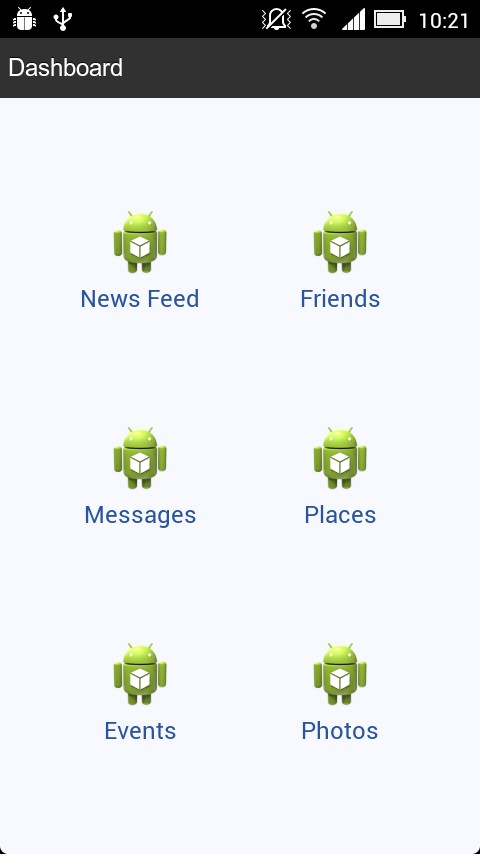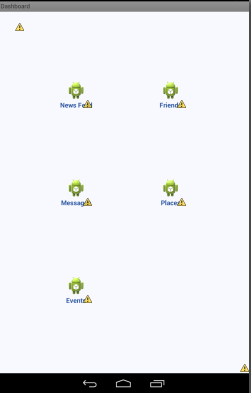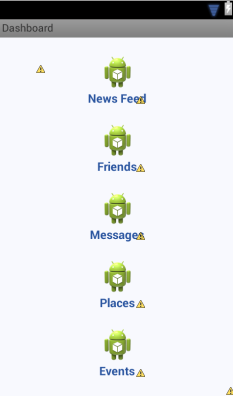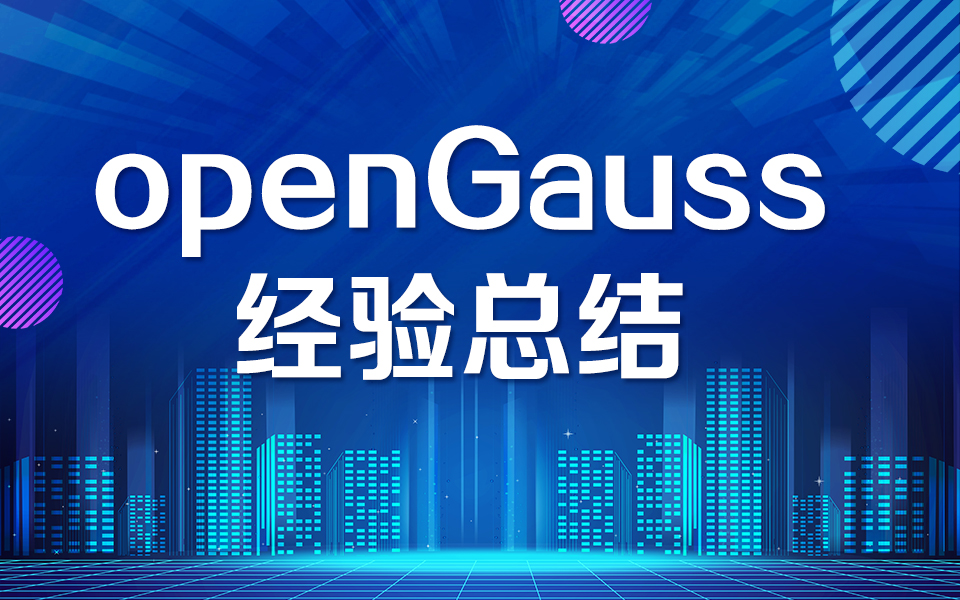android dashboard 开源,android dashboard布局
一直不知道dashboard是个布局,其实有些应用用的挺多的,这种布局中文名叫仪表盘,就是把很多不同的功能,按一个一个不同的图标分列出来,而且这些图标的间距是xiangde感觉就有点像自由适应的gridview不说了,先上图 先看style.xmlfill_parent50dphorizontal#ff0000center_verticalwrap_contentwrap_contentcente
一直不知道dashboard是个布局,其实有些应用用的挺多的,这种布局中文名叫仪表盘,就是把很多不同的功能,按一个一个不同的图标分列出来,而且这些图标的间距是xiangde感觉就有点像自由适应的gridview
不说了,先上图

先看style.xml
fill_parent
50dp
horizontal
#ff0000
center_vertical
wrap_content
wrap_content
center_horizontal
2dp
16dp
bold
#ff29549f
@null
就是一个头部和每个button的属性,可以忽略
再者就是建立一个DashboardLayout,这个最重要,是大神写的,再次贴出来吧
public class DashboardLayout extends ViewGroup {
private static final int UNEVEN_GRID_PENALTY_MULTIPLIER = 10;
private int mMaxChildWidth = 0;
private int mMaxChildHeight = 0;
public DashboardLayout(Context context) {
super(context, null);
}
public DashboardLayout(Context context, AttributeSet attrs) {
super(context, attrs, 0);
}
public DashboardLayout(Context context, AttributeSet attrs, int defStyle) {
super(context, attrs, defStyle);
}
@Override
protected void onMeasure(int widthMeasureSpec, int heightMeasureSpec) {
mMaxChildWidth = 0;
mMaxChildHeight = 0;
// Measure once to find the maximum child size.
int childWidthMeasureSpec = MeasureSpec.makeMeasureSpec(
MeasureSpec.getSize(widthMeasureSpec), MeasureSpec.AT_MOST);
int childHeightMeasureSpec = MeasureSpec.makeMeasureSpec(
MeasureSpec.getSize(widthMeasureSpec), MeasureSpec.AT_MOST);
final int count = getChildCount();
for (int i = 0; i < count; i++) {
final View child = getChildAt(i);
if (child.getVisibility() == GONE) {
continue;
}
child.measure(childWidthMeasureSpec, childHeightMeasureSpec);
mMaxChildWidth = Math.max(mMaxChildWidth, child.getMeasuredWidth());
mMaxChildHeight = Math.max(mMaxChildHeight, child.getMeasuredHeight());
}
// Measure again for each child to be exactly the same size.
childWidthMeasureSpec = MeasureSpec.makeMeasureSpec(
mMaxChildWidth, MeasureSpec.EXACTLY);
childHeightMeasureSpec = MeasureSpec.makeMeasureSpec(
mMaxChildHeight, MeasureSpec.EXACTLY);
for (int i = 0; i < count; i++) {
final View child = getChildAt(i);
if (child.getVisibility() == GONE) {
continue;
}
child.measure(childWidthMeasureSpec, childHeightMeasureSpec);
}
setMeasuredDimension(
resolveSize(mMaxChildWidth, widthMeasureSpec),
resolveSize(mMaxChildHeight, heightMeasureSpec));
}
@Override
protected void onLayout(boolean changed, int l, int t, int r, int b) {
int width = r - l;
int height = b - t;
final int count = getChildCount();
// Calculate the number of visible children.
int visibleCount = 0;
for (int i = 0; i < count; i++) {
final View child = getChildAt(i);
if (child.getVisibility() == GONE) {
continue;
}
++visibleCount;
}
if (visibleCount == 0) {
return;
}
// Calculate what number of rows and columns will optimize for even horizontal and
// vertical whitespace between items. Start with a 1 x N grid, then try 2 x N, and so on.
int bestSpaceDifference = Integer.MAX_VALUE;
int spaceDifference;
// Horizontal and vertical space between items
int hSpace = 0;
int vSpace = 0;
int cols = 1;
int rows;
while (true) {
rows = (visibleCount - 1) / cols + 1;
hSpace = ((width - mMaxChildWidth * cols) / (cols + 1));
vSpace = ((height - mMaxChildHeight * rows) / (rows + 1));
spaceDifference = Math.abs(vSpace - hSpace);
if (rows * cols != visibleCount) {
spaceDifference *= UNEVEN_GRID_PENALTY_MULTIPLIER;
}
if (spaceDifference < bestSpaceDifference) {
// Found a better whitespace squareness/ratio
bestSpaceDifference = spaceDifference;
// If we found a better whitespace squareness and there's only 1 row, this is
// the best we can do.
if (rows == 1) {
break;
}
} else {
// This is a worse whitespace ratio, use the previous value of cols and exit.
--cols;
rows = (visibleCount - 1) / cols + 1;
hSpace = ((width - mMaxChildWidth * cols) / (cols + 1));
vSpace = ((height - mMaxChildHeight * rows) / (rows + 1));
break;
}
++cols;
}
// Lay out children based on calculated best-fit number of rows and cols.
// If we chose a layout that has negative horizontal or vertical space, force it to zero.
hSpace = Math.max(0, hSpace);
vSpace = Math.max(0, vSpace);
// Re-use width/height variables to be child width/height.
width = (width - hSpace * (cols + 1)) / cols;
height = (height - vSpace * (rows + 1)) / rows;
int left, top;
int col, row;
int visibleIndex = 0;
for (int i = 0; i < count; i++) {
final View child = getChildAt(i);
if (child.getVisibility() == GONE) {
continue;
}
row = visibleIndex / cols;
col = visibleIndex % cols;
left = hSpace * (col + 1) + width * col;
top = vSpace * (row + 1) + height * row;
child.layout(left, top,
(hSpace == 0 && col == cols - 1) ? r : (left + width),
(vSpace == 0 && row == rows - 1) ? b : (top + height));
++visibleIndex;
}
}
} 接下来就是main.xml了
xmlns:tools="http://schemas.android.com/tools"
android:layout_width="match_parent"
android:layout_height="match_parent"
tools:context=".MainActivity" >
android:layout_width="wrap_content"
android:layout_height="fill_parent"
android:clickable="false"
android:paddingLeft="15dip"
android:scaleType="center"
android:src="@drawable/ic_launcher" />
android:layout_width="fill_parent"
android:layout_height="fill_parent"
android:layout_weight="1"
android:background="#f8f9fe" >
android:id="@+id/btn_news_feed"
style="@style/DashboardButton"
android:drawableTop="@drawable/ic_launcher"
android:text="News Feed" />
android:id="@+id/btn_friends"
style="@style/DashboardButton"
android:drawableTop="@drawable/ic_launcher"
android:text="Friends" />
android:id="@+id/btn_messages"
style="@style/DashboardButton"
android:drawableTop="@drawable/ic_launcher"
android:text="Messages" />
android:id="@+id/btn_places"
style="@style/DashboardButton"
android:drawableTop="@drawable/ic_launcher"
android:text="Places" />
android:id="@+id/btn_events"
style="@style/DashboardButton"
android:drawableTop="@drawable/ic_launcher"
android:text="Events" />
android:id="@+id/btn_photos"
style="@style/DashboardButton"
android:drawableTop="@drawable/ic_launcher"
android:text="Photos" />
一个头部文件,然后就是引用的DashboardLayout,在里面有6个button
最后在入口acitivity加载出来,就是开始图片的效果了,但是不知道其他分辨率如何,但手里木有平板,只能在android graphical layout里面抓图,图有点小,将就看吧

看来无论多大的屏幕,都是等间距的,只不过图片的大小而已,到时候自己弄几个不同分辨率配置的图片,应该能达到想要的效果,我突然奇想,删掉一个button试试,看是什么布局

上面这个是N7的尺寸,800X1200,布局不变,依然范特西

上面这个就是480X800的了,也就是开始第一次出现的那个尺寸,看来的确算是自适应了
总结:还没具体用过,但感觉如果是这种类似gridview的排列可以试试Dashboard布局,因为感觉方便,而且能够自适应
更多推荐
 已为社区贡献2条内容
已为社区贡献2条内容









所有评论(0)